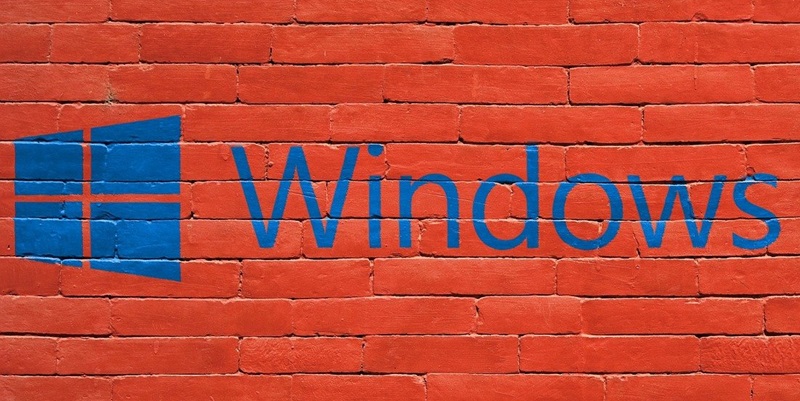A significant security threat affecting millions of Windows 10 and 11 users has been uncovered by Check Point Research (CPR), despite Microsoft having already retired Internet Explorer. This new threat, labeled CVE-2024-38112, enables cybercriminals to perform a zero-day spoofing attack by tricking users into opening malicious Internet Shortcut (.url) files. The exploit is so severe that it allows remote code execution, posing a substantial risk to systems running on the most updated Windows operating systems. The persistence and sophistication of cybercriminals have been illustrated remarkably as this attack method has been active for over a year, evading detection.
The Deceptive Mechanism Behind the CVE-2024-38112 Vulnerability
The core methodology of this attack involves redirecting users, who believe they are opening a benign PDF file, to a malicious URL via Internet Explorer. Despite being replaced by the more secure Edge browser and with widespread usage of Google Chrome by users, Internet Explorer’s outdated security protocols are being exploited. The malicious URL further deceives users and executes harmful code on their systems. The trick to this exploit lies in disguising the .url files to mask as .hta extensions, which are then handled by Internet Explorer, thereby circumventing newer security measures designed to protect users.
Historically, .url files have been used as vectors for various attacks. Recent incidents like the CVE-2023-36025 vulnerability, patched last November, employed similar techniques, highlighting that even with advancements in cybersecurity, legacy software vulnerabilities remain a prominent risk. Cybercriminals leveraging outdated software applications that persist in modern systems enable them to bypass contemporary security protocols effectively. These attacks signify a broader trend in which remnants of outdated software continue to be exploited, posing ongoing threats to cybersecurity.
The Continued Exploitation of Legacy Software
Check Point Research (CPR) has identified a serious security vulnerability impacting millions of users of Windows 10 and 11, despite Microsoft’s discontinuation of Internet Explorer. This newly discovered threat, designated CVE-2024-38112, allows cybercriminals to conduct a zero-day spoofing attack by deceiving users into opening malicious Internet Shortcut (.url) files. The gravity of this exploit is immense, as it permits remote code execution, presenting a substantial hazard to the most current Windows operating systems. The enduring and sophisticated nature of cybercrime is underscored by the fact that this attack method has been operational and undetected for over a year. This ongoing threat demonstrates the high level of determination and advanced techniques employed by cybercriminals, making it a formidable challenge for cybersecurity defenses to keep pace with such evolving threats. It highlights the necessity for constant vigilance and robust security practices among users to protect their systems and sensitive information effectively.

